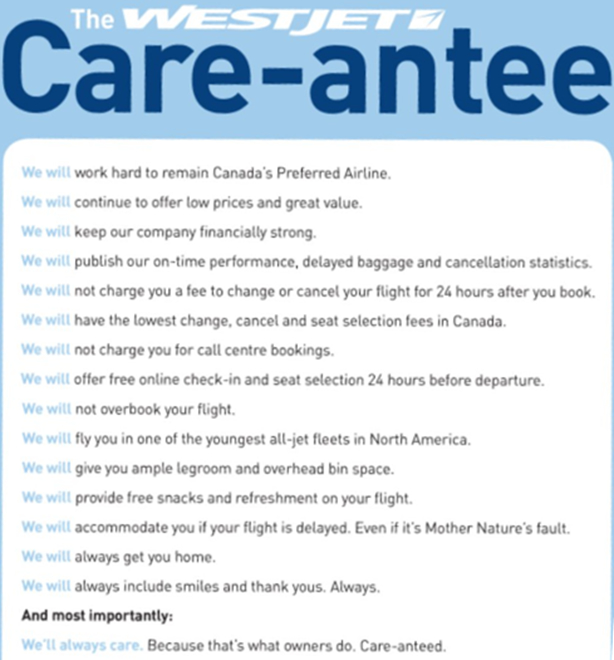Building brand purpose, on purpose
How to live your brand values inside and outside of your organization
“Dance like no one’s watching” is a lovely quote for personal expression and a very telling one for building, growing and sustaining brand purpose. At its core, this quote implores us to express what's most true about ourselves, not just what we think others will want to see. Wise words when operationalizing how brands build purpose.
In our last blog post, we uncovered the true benefit of brand purpose. Now, we’ll discuss how to build it and live it.
Be truly true
It’s no secret that consumers are drawn to brands that are led by a greater purpose beyond products or services. As a result, it’s critical to ask ourselves: What are we truly led by? Simply put, why are we here and what problem are we as an organization uniquely positioned to solve? Getting to that means that the purpose we put out into the world is ours and not someone else’s that we’re trying to emulate or live up to. Take Coca-Cola for example, whose purpose is “to refresh the world and make a difference.”
This sentence becomes both a guiding light and a checklist to evaluate every action taken. From the way culture is built, to packaging, to ESG, Coca-Cola’s purpose provides a clear way to evaluate success and identify any potential activities that may not be well aligned. Doing so elevates the role of brand purpose far beyond that of marketing communications and into the realm of a very powerful accelerator for business growth.
Make sure everyone sings the same song and keeps score
Whatever your favourite cliché is, the truth is the same. Brand purpose only works when everyone believes in it, lives it and even has a role in creating it. Far too often, there are tales of a well articulated brand purpose, only to have the CEO, founder or team member speak or act in a way that does not align. The organizations that truly get it right, strike the right balance between clearly articulating their purpose both inside and outside of the organization, and giving everyone plenty of space to interpret it and action it.
Here is an old example, but a good one: WestJet’s “Care-antee.” It not only articulated some very specific ways to hold the organization accountable to themselves and their customers, but many of their promises created lots of room for team members to interpret how they would be carried out. For example, the ways in which some of their flight attendants deliver safety instructions.
Brand purpose is the catalyst for our emotional selling proposition (ESP), which when done right can create a sustainable and defensible differentiator in the minds and hearts of consumers.
Build your reputation with purpose, powered by trust
So, how do we know our brand purpose is working? In a word: Trust. Are we earning it and are we keeping it?
The Gustavson Brand Trust index analyzes specific information when compiling its annual list of “Canada’s Most Trusted Brands.” The five key criteria include: Brand trust overall, brand authenticity, brand ability, brand affinity and advocacy. It looks at consumer perceptions about how the brand performs its core functions, interacts with consumers, if it acts with integrity, and whether consumers would recommend it to others, to gauge values-based, functional and relationship trust.
When we look at brand purpose as a central catalyst in advancing these five criteria, it’s easier to see not only the ROI of brand purpose, but the need for it to be embraced and practiced by all levels and departments within an organization. Everyone is responsible for organizational success and the same holds true with building, articulating and protecting brand purpose.
Coming up next: an article on how to protect brand purpose.
Authors:
Mike Leon, Managing Director, Brand Heroes
Justin Haberman, Vice President, Client Services, Elemental
Kristina Koprivica, Vice President, Corporate Marketing and Strategy, Kruger Products L.P.
Bruce Symbalisty, Strategic Director, Reality Engine





































